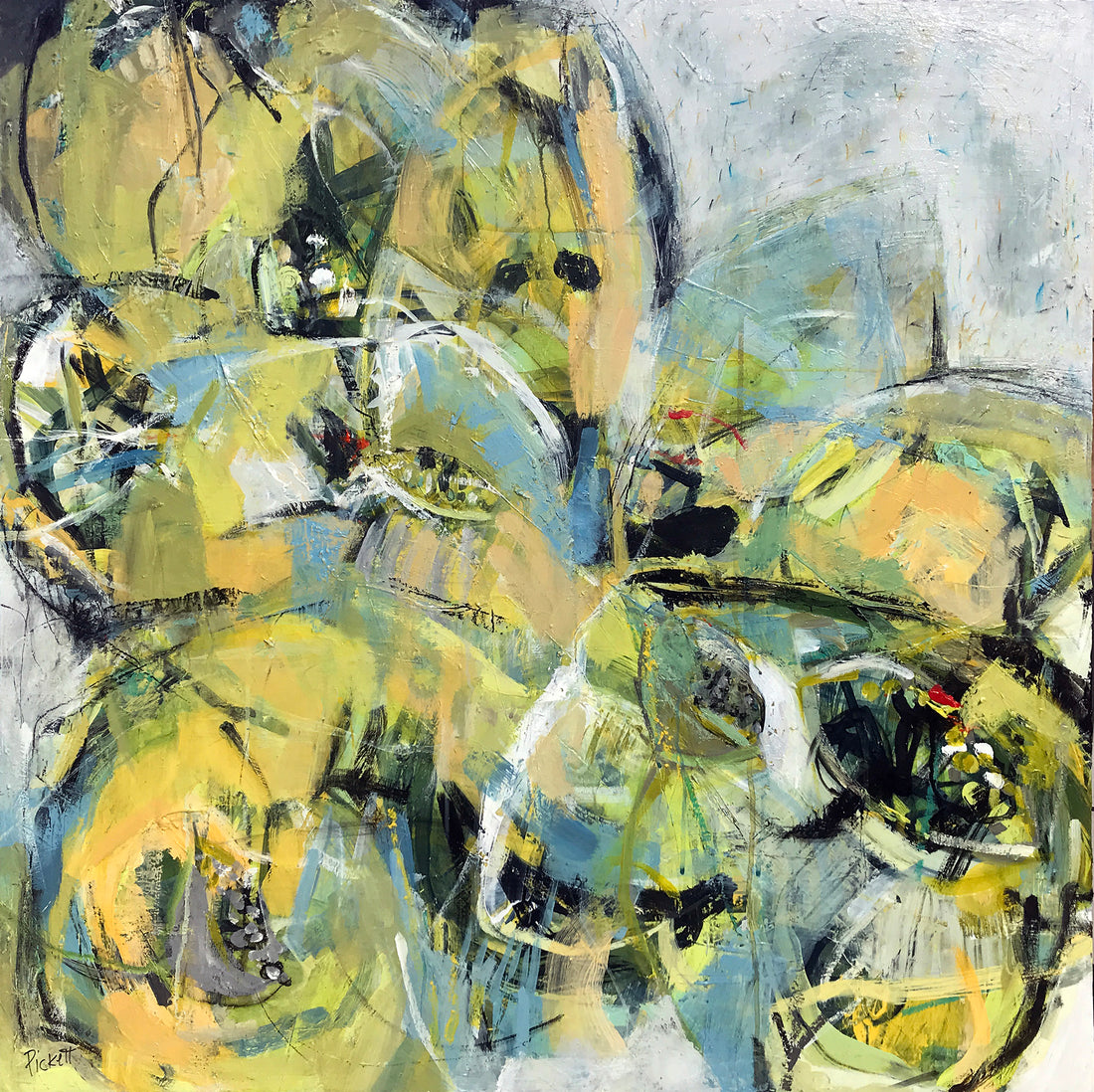Contemporary abstract art is an art form that has been around for over a century. It is characterized by its use of abstract forms, colors, and shapes to convey emotions and ideas. The history of contemporary abstract art is a fascinating one, as it has gone through various stages of development over the years.
The origins of contemporary abstract art can be traced back to the late 19th century when artists began to reject traditional forms of art and started experimenting with new techniques. The Impressionist movement, which began in France in the 1870s, was one of the first movements to break away from traditional art forms. Impressionist artists such as Claude Monet and Pierre-Auguste Renoir used loose brushstrokes and bright colors to capture the essence of a scene rather than its exact representation.
In the early 20th century, artists continued to experiment with new forms of art. The Cubist movement, which began in Paris in the early 1900s, was one of the most influential movements in the development of contemporary abstract art. Cubist artists such as Pablo Picasso and Georges Braque rejected traditional perspective and instead used geometric shapes to create a new way of looking at the world.
In the 1910s and 1920s, a new movement called Expressionism emerged in Germany. Expressionist artists such as Wassily Kandinsky and Franz Marc sought to express emotions and ideas through abstract forms and colors. They believed that art should be a spiritual experience that transcended the physical world.
In the 1930s and 1940s, a new movement called Abstract Expressionism emerged in the United States. Abstract Expressionist artists such as Jackson Pollock and Mark Rothko used large canvases and gestural brushstrokes to create works that were highly emotional and expressive. The movement was characterized by its emphasis on the creative process and the physical act of painting.
In the 1950s and 1960s, a new movement called Minimalism emerged. Minimalist artists such as Donald Judd and Dan Flavin used simple geometric forms and industrial materials to create works that were highly minimal and stripped down. The movement was characterized by its emphasis on the materiality of the artwork and the relationship between the artwork and the surrounding space.
In the 1970s and 1980s, a new movement called Neo-Expressionism emerged. Neo-Expressionist artists such as Jean-Michel Basquiat and Julian Schnabel used bold colors and gestural brushstrokes to create works that were highly emotional and expressive. The movement was characterized by its rejection of the minimalism of the previous decade and its return to more traditional forms of art.
Contemporary abstract art continues to evolve and develop today. Many contemporary artists are influenced by the movements that came before them but are also experimenting with new forms and techniques. Some contemporary abstract artists, such as Yayoi Kusama and Olafur Eliasson, are using new technologies and materials to create works that are highly immersive and interactive.
In conclusion, the history of contemporary abstract art is a rich and varied one. It has gone through various stages of development over the years, from Impressionism to Cubism to Abstract Expressionism to Minimalism to Neo-Expressionism and beyond. Today, contemporary abstract art continues to evolve and develop, as artists experiment with new forms and techniques to create works that are highly emotional and expressive.

